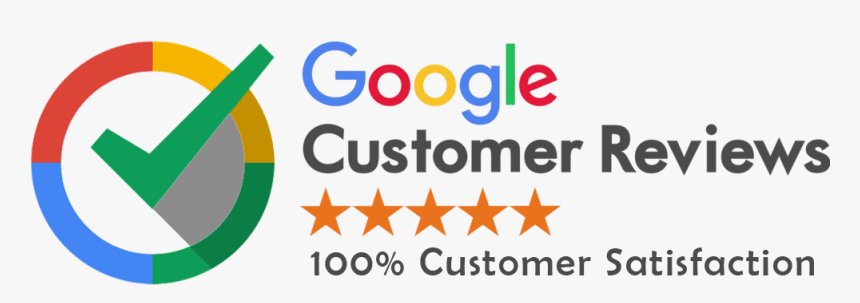Introduction:
In the ever-expanding realm of online business, the synergy between e-commerce and web design plays a pivotal role in shaping the success of digital ventures. This article delves into the intricate relationship between e-commerce functionality and web design aesthetics, exploring how their seamless integration is essential for creating compelling and effective online shopping experiences.
-
First Impressions and Brand Identity:
- Web design serves as the digital storefront for e-commerce platforms. A visually appealing and well-designed website establishes a positive first impression, reinforces brand identity, and instills confidence in potential customers. Consistency in design elements fosters brand recognition and trust.
-
User Experience (UX) for Conversion Optimization:
- The user experience is paramount in e-commerce web design. Intuitive navigation, clear calls-to-action, and a user-friendly layout contribute to a positive UX. A well-designed e-commerce site guides visitors seamlessly through the buyer’s journey, increasing the likelihood of conversions.
-
Mobile Responsiveness for Ubiquitous Access:
- With the prevalence of mobile devices, ensuring mobile responsiveness is crucial. E-commerce websites must adapt seamlessly to various screen sizes to provide a consistent and enjoyable shopping experience across desktops, tablets, and smartphones. Mobile-friendly design contributes to increased accessibility and conversions.
-
Visual Merchandising and Product Showcase:
- Web design allows for effective visual merchandising, presenting products in an appealing and organized manner. High-quality images, engaging product descriptions, and intuitive categorization enhance the overall shopping experience. Strategic design elements draw attention to featured products and promotions.
-
Intuitive Navigation and Search Functionality:
- E-commerce web design should prioritize intuitive navigation and robust search functionality. Visitors should be able to easily find products, navigate through categories, and access relevant information. Clear menus, filters, and a well-designed search bar contribute to a seamless browsing experience.
The focus of e-commerce website design in Dubai is on the conversion of sales, the maintenance and building of the company’s customer base, return on investments (ROI), and the conversion of sales. This focus must be incorporated into any web design to promote the aim and goals of the business.
Conclusion:
E-commerce and web design are inseparable elements that, when harmoniously integrated, create a potent force for online success. As technology advances and consumer expectations evolve, businesses must recognize the symbiotic relationship between the visual appeal of their online storefronts and the seamless functionality that facilitates transactions. By prioritizing a holistic approach to e-commerce web design, businesses can not only meet but exceed customer expectations, fostering lasting relationships and achieving sustainable growth in the competitive digital landscape.





